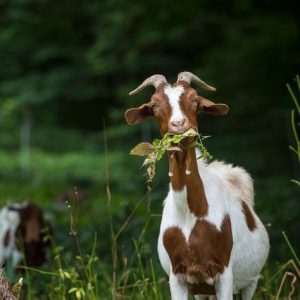Goat genetics plays a crucial role in determining the health, productivity, and characteristics of goats.
- The Basics of Goat Genetics
Genetics is the study of heredity and the variation of inherited characteristics. In goats, genetics determines physical traits, behavior, and production capabilities. Each goat inherits a set of genes from its parents, which influence these characteristics.
- Chromosomes and Genes:
Goats, like other mammals, have chromosomes in their cells that carry genetic information. Each gene on these chromosomes codes for specific traits, such as coat color, milk production, or disease resistance. Goats have 30 pairs of chromosomes, including one pair of sex chromosomes that determine the gender of the goat.

- Dominant and Recessive Traits:
Traits can be dominant or recessive. Dominant traits require only one copy of a gene to be expressed, while recessive traits require two copies. Understanding which traits are dominant or recessive helps breeders predict the likelihood of certain traits appearing in offspring.
- Bloodlines and Breeding
Bloodlines refer to the lineage or pedigree of goats. A strong bloodline indicates a history of desirable traits and can be crucial for breeding programs aimed at improving specific characteristics in the herd.
- Purebred vs. Crossbred:
- Purebred Goats: Purebred goats belong to a single breed and have a consistent set of traits characteristic of that breed. Breeding purebred goats helps maintain or enhance these traits.
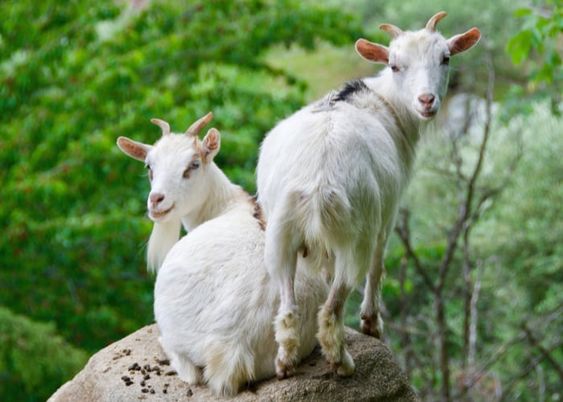
- Crossbred Goats: Crossbreeding involves mating goats from different breeds. This practice can introduce desirable traits from both breeds and increase genetic diversity, potentially improving overall herd health and productivity.
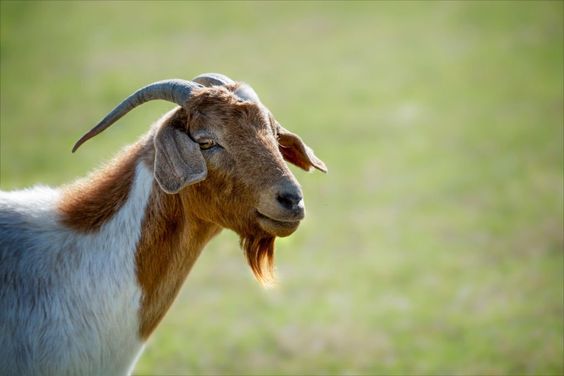
- Linebreeding and Inbreeding:
- Linebreeding: Linebreeding involves mating goats that are related but not closely related. This method helps concentrate desirable traits while minimizing the risks associated with inbreeding.
- Inbreeding: Inbreeding, or mating closely related goats, can amplify desirable traits but also increases the risk of genetic defects and health issues. Careful management and record-keeping are essential when using inbreeding.
Key Traits in Goats
Breeders often focus on specific traits to improve their herd. These traits can be physical, productive, or related to health and behavior.
- Physical Traits:
- Coat Color and Pattern: Coat color and pattern are determined by multiple genes and can vary widely among breeds. Breeders may select for specific colors or patterns to meet breed standards or personal preferences.
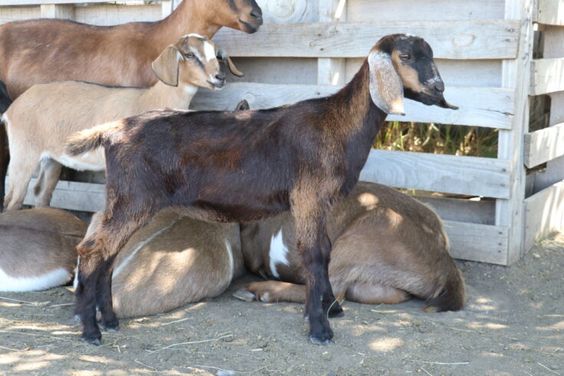
- Horn Status: Some goats are naturally polled (hornless), while others have horns. The polled trait is typically dominant, making it possible to breed for hornless goats if desired.

- Production Traits:
- Milk Production: Dairy breeds like Nubians and Saanens are selected for high milk yield and quality. Genetic selection for udder conformation and milk components like butterfat content is common in dairy goat breeding.
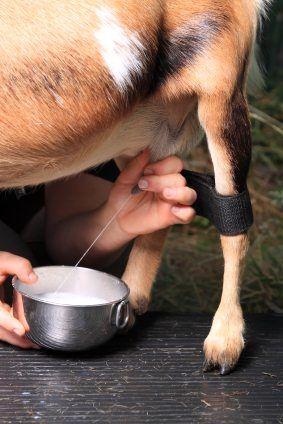
- Meat Production: Meat goats, such as Boer goats, are bred for rapid growth, muscle development, and carcass quality. Selecting for these traits can improve meat production efficiency.
- Health and Behavior Traits:
- Disease Resistance: Breeding for disease resistance can reduce the incidence of common health issues, such as parasitism or mastitis, improving herd longevity and productivity.
- Temperament: Goats with calm, manageable temperaments are easier to handle and less stressful for both the goats and their caretakers. Breeding for good temperament can enhance the overall welfare of the herd.
Conclusion
Understanding goat genetics, including bloodlines and traits, is fundamental for successful goat breeding and herd management. By focusing on desirable traits, maintaining strong bloodlines, and employing selective breeding practices, breeders can enhance the productivity, health, and overall quality of their goats. Whether you are aiming to improve milk production, meat quality, or any other trait, a solid grasp of goat genetics will help you achieve your breeding goals and ensure the long-term success of your herd.

